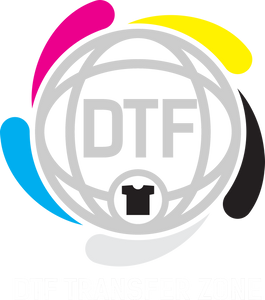Are you pondering starting a printing business or considering the purchase of Direct-To Garment (DTG) printing equipment? If so, here are several details about DTG printing to be taken into account.
- The DTG printing process was developed in the 1990s and utilizes equipment that resembles an ink-jet printer, except the printing is done directly on a garment rather than on paper.
- DTG printers offer many color options, allowing the crafts person to utilize detailed designs and photo-realistic images involving many colors. Generally, DTG inks are water based, making the process environmentally friendly. DTG inks soak into the garment itself, greatly reducing the likelihood of the image cracking, peeling, or washing away over time.
- DTG printing is a high-quality method; however, it is more suitable for small-scale businesses because of its low speed and poor cost-effectiveness for mass production, and it generally yields the best results on garments that are cotton or cotton blends.
- When using DTG printing, garments need to be pretreated and pretreatment machines are generally utilized for this step. The only time pretreatment is not required is when a white, 100% cotton garment is used. Following the pre-treatment step, the garment needs to be dried using a heat press. At this point, the garment is ready to be placed on the printer and undergo printing.
- DTG printing provides high-quality results but there is a limitation regarding the placement of designs on a garment. For example, design placement on sleeves usually cannot be accomplished.
- Images can be loaded to the DTG printer and stored for later retrieval or can be accessed from a thumb drive.

